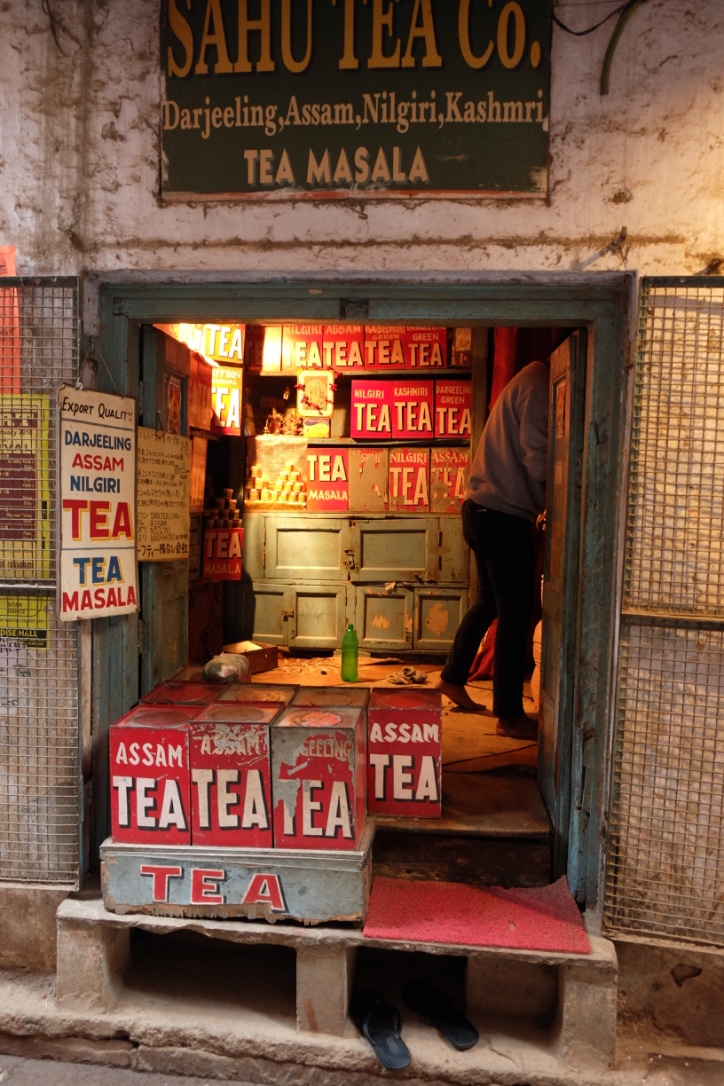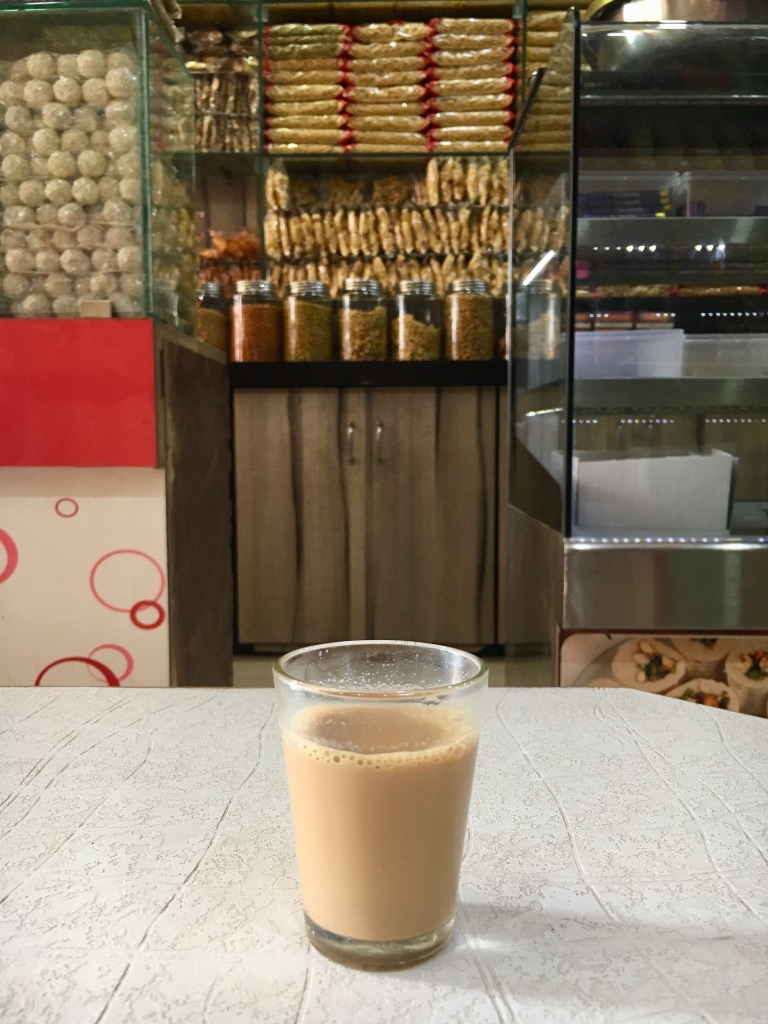Chai wallahs—tea vendors—are intrinsic characters in the drama that is the Indian subcontinent. There are as many recipes for masala chai, spiced and often (very) sweet and milky tea, as there are people who brew it, but our version is inspired by the simple, bold flavors Kris has savored on his eastern pilgrimages. Cutting chai refers to the small, piping hot servings sold ubiquitously at roadside tea shops. While the portions may seem tiny compared to their American chain coffee counterparts, the flavor is anything but diminutive.
In the subcontinent, strong loose black tea, specifically, tea processed as CTC (crush, tear, curl), is most often used to make masala chai. Tata, Brooke Bond, and Wagh Bakri are the most celebrated brands in India, while Tapal is hugely popular in Pakistan. Use what you have and, if you cannot find loose tea, note that 1 teabag contains roughly 2 teaspoons of loose tea. Chai wallahs tend to craft their brew with a high ratio of milk to water (think of the espresso to milk proportions in a caffè latte) and sometimes omit the water altogether, making what is known as doodh-pati. It should also be mentioned that the use of anything other than full-fat milk (cow, buffalo, or goat) is teetering on heresy. And let us reiterate that masala chai tends to be sweet…very sweet!
- 1 1/2 cups of water
- 1 1/2 tablespoons loose black tea
- 6 green cardamom pods
- 18 black peppercorns
- 1 pinch fennel seed
- 1-2” piece fresh ginger
- 1 tej patta (Indian bay leaf), optional
- 2 1/2 cups whole milk
- 1 1/2 tablespoons white sugar
Crush together cardamom, black pepper, and fennel seed using a mortar and pestle. Separately, smash the ginger piece (a meat tenderizing hammer works well for this).
Combine water, tea, crushed spices, ginger, and tej patta in a large saucepan, and bring to a boil. Reduce heat to just below boiling and vigorously simmer for 3 minutes.
Add milk and sugar. Heat until milk boils and becomes frothy, and immediately remove from heat. Rest for 60 seconds. Bring to a boil and remove from heat two more times.
Strain the mixture and distribute between serving glasses while very hot. As the chai cools, a thin film will form on its surface; this is perfectly normal.




